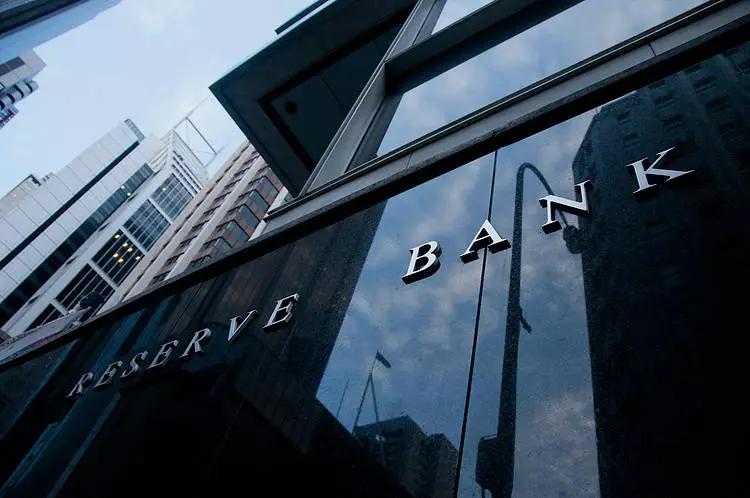The Reserve Bank of Australia (RBA) plays a crucial role in setting interest rates and managing monetary policy for Australia. This article will delve into the recent comments made by RBA Governor Michele Bullock following the central bank’s August monetary policy decision, and how these decisions can impact the economy and the currency market.
In the latest meeting, the RBA decided to maintain the key interest rate at 4.35% for the sixth consecutive meeting. The board judges the current level of cash rate to be appropriate, although there are concerns about the slow progress on inflation for the past year. The RBA reiterated the need to stay on course with inflation and discussed the potential market volatility, signaling a cautious approach.
The AUD/USD pair remained relatively stable, with the Australian Dollar holding gains after the RBA’s comments. Despite the uncertainties and risks in the economy, the currency market seemed unperturbed. The RBA’s decisions can have a direct impact on the value of the Australian Dollar, as relatively high interest rates tend to strengthen the currency. Investors closely watch central bank announcements for clues on future monetary policy direction.
Macroeconomic data plays a pivotal role in determining the health of an economy and can influence the value of its currency. Indicators such as GDP, Manufacturing and Services PMIs, employment figures, and consumer sentiment surveys are closely monitored by investors. A strong economy may prompt the RBA to consider raising interest rates, which can further support the Australian Dollar.
Quantitative Easing and Quantitative Tightening
In extreme situations where lowering interest rates is not sufficient to stimulate economic activity, central banks may resort to quantitative easing (QE). This involves the purchase of assets, such as government or corporate bonds, to inject liquidity into the financial system. QE typically leads to a weaker currency as more money is injected into the economy. On the other hand, quantitative tightening (QT) is implemented when the economy shows signs of recovery and inflation starts to rise. QT involves reducing the central bank’s balance sheet by ceasing asset purchases, which can be positive for the currency.
The decisions made by the Reserve Bank of Australia have far-reaching implications on the economy and the currency market. Investors closely monitor RBA announcements to gauge the future direction of monetary policy and adjust their trading strategies accordingly. Understanding the impact of the RBA’s decisions on the Australian Dollar can provide valuable insights for traders and investors navigating the currency market.

